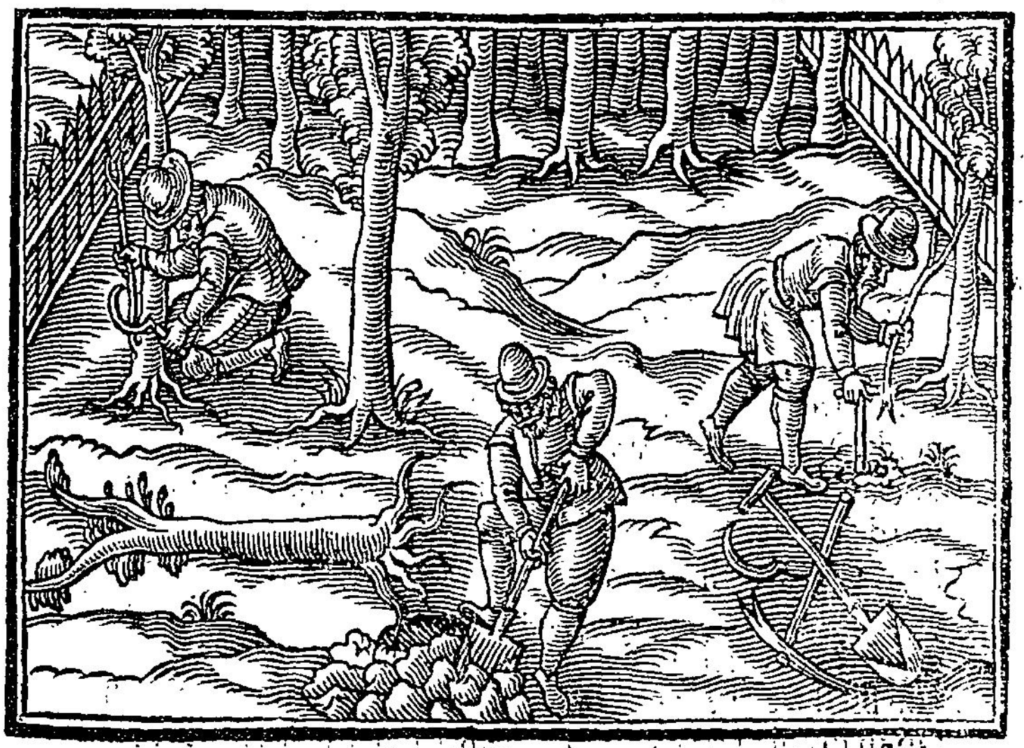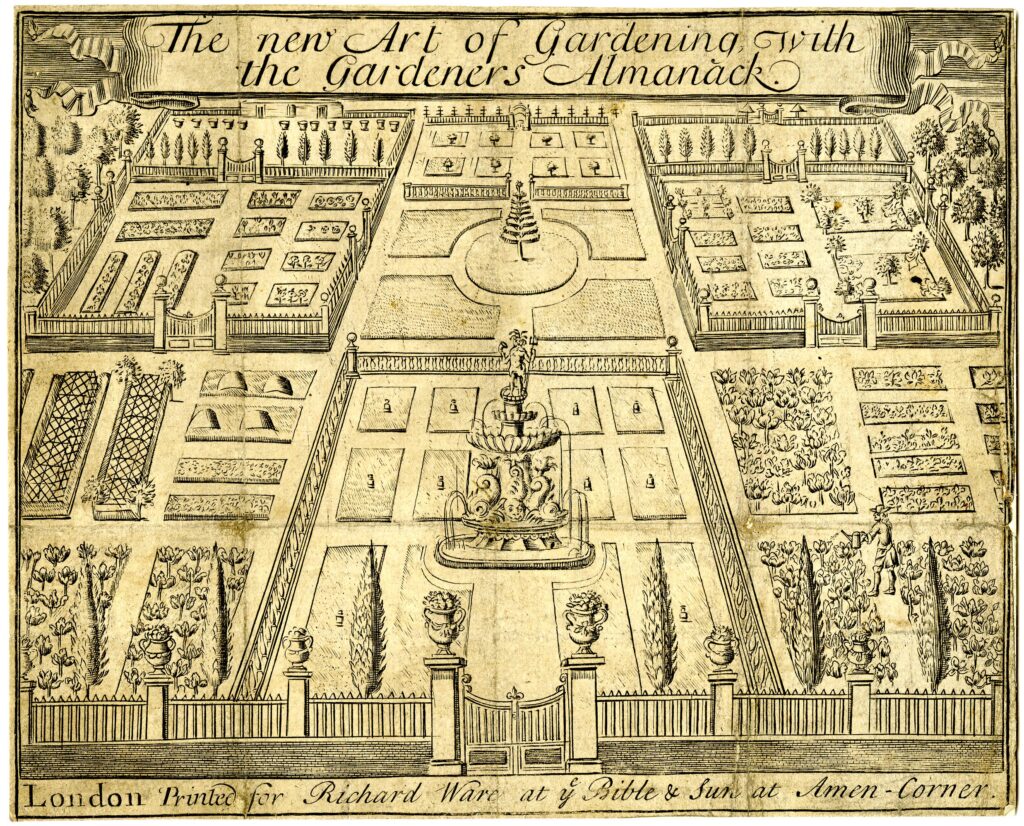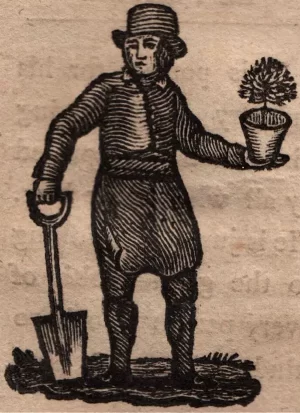Read the stories of four that either survived or succumbed to the flames, and how they reemerged from the ruins.

At the same time as London was becoming more urbanised, there was an explosion of interest in botany, the study of plants, and gardening – often a gentlemanly activity for the rich who could afford to buy hard-to-get specialist plants and rare seeds.
This was accompanied by a growing understanding that green spaces were essential for a more pleasant city landscape and cleaner air.
For example, in 1618 a committee was set up to ensure that Lincoln’s Inn Fields were set out with “faire and goodlye walks, (which) would be a matter of great ornament to the Citie, pleasure and freshness for the health and recreation of the Inhabitants thereabout, and for the sight and delight of Embassadors and Strangers coming to our Court and Cittie, and a memorable worke of our tyme for all posteritie.”
The rebuilding of London after the Great Fire increased opportunities to create new spaces and incorporate greenery and tree-planting into the streetscape.
Read more about Pollution and Plants.


The City attracted enterprising people with medical and commercial interests in plants. The apothecary and writer James Petiver, who worked at White Cross St and John Martyn of Queen Street, accrued large collections of plants growing in and around London for study and sale.


John Honeysuckle from Pictures Of Real Life For Children, c.1819. Image from Spitalfields Life - A Brief Survey Of East End Garden History. https://spitalfieldslife.com/2014/03/29/a-brief-survey-of-east-end-garden-history/
In 1695 at St Bride’s Church, Fleet St, renowned garden designer and nurseryman Henry Wise, age 42, married Patience Bancks aged 22. He was part of the famous partnership of London and Wise gardeners to the King and designed, among many other famous gardens, the Hampton Court maze. His wife Patience was from a family of instrument makers.
John Martyn set up the first formalised botanic society in the Rainbow Coffee House on Watling St. Another famous botanical club of the period operated at the Temple Coffee-House on Fleet St. The Pennsylvania Coffee House, near Lombard St, was the place for hearing of ships’ progress bringing plants and seeds from America.

All this interest in both private and market gardening meant that seed merchants could hardly keep up with demand. Seedsmen, such as Theophilus Stacy at Bishops Gate and Charles Blackwell at Fetter Lane, who supplied the private gardeners of the City, flourished. The many nurseries at Whitechapel and Hoxton supplied native plants, as well as those imported from Holland, wider Europe, America or extracted from colonised areas overseas.
Read more about London nurseries in the 1690s at the Gardens Trust.
Read the stories of four that either survived or succumbed to the flames, and how they reemerged from the ruins.
Keep up to date with the latest news ...